Latest Posts
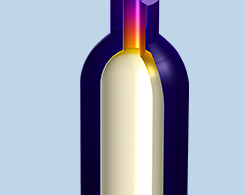
Can a Wine Cooler Actually Keep Your Beverage Cold?
When enjoying nice meals outside, some people use wine coolers to keep their beverages cold. But can a wine cooler actually keep a bottle of wine chilled, and if so, for how long?
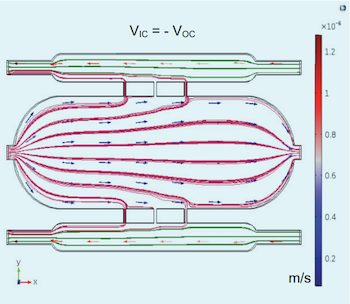
Simulating Cancer Cell Migration in Microgravity with COMSOL®
Researchers used multiphysics simulation to determine how microgravity effects the migration of metastatic cancer cells. Their results could have new implications for therapy and treatments.
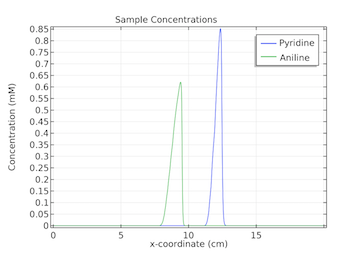
Studying Zone Electrophoresis with COMSOL Multiphysics®
Zone electrophoresis enables scientists to study nucleic acids, biopolymers, and proteins in a wide range of areas. COMSOL Multiphysics® can be used to take a closer look at this process.
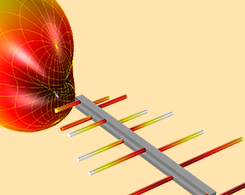
Designing Accurate EMC/EMI Testing Equipment with RF Modeling
EMI/EMC testing is used to ensure that various products, processes, and systems meet standard compliance requirements. RF modeling can be used to design equipment for accurate analyses.
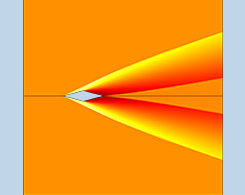
How to Model Supersonic Flows in COMSOL Multiphysics®
Learn about the different types of sonic flow and how to calculate the angle and Mach number of a shock wave in order to model the supersonic flow around an object, such as a diamond airfoil.
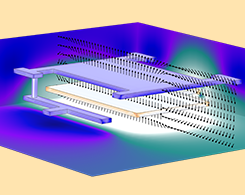
How to Create Electrostatics Models with Wires, Surfaces, and Solids
Here’s a guide to building models that combine wires, surfaces, and solids using the electrostatics features based on the boundary element method that are available with the AC/DC Module.
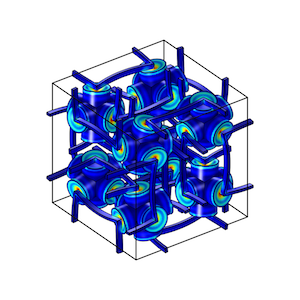
Analyzing a Unique Poroelastic Metamaterial with Simulation
This blog post combines the subjects of 3D printing and metamaterials, featuring a group that used simulation-based research to analyze a unique poroelastic metamaterial.
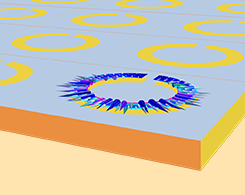
Streamlining the Design of Frequency-Selective Surfaces
If you want to improve the frequency response of a frequency-selective surface, you have many options for methods. 1 method streamlines what can be a complex process: simulation applications.
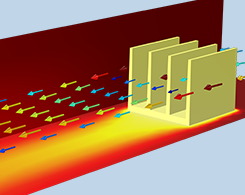
Comparing 2 Approaches for Modeling Electronic Chip Cooling
We go over 2 modeling approaches for electronic chip cooling problems. 1 way models the solid parts and a Convective Cooling boundary condition, while the other option includes an air domain.
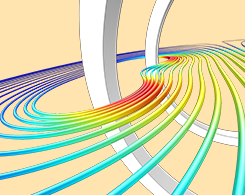
Simulating Helmholtz Coils in COMSOL Multiphysics®
Electromagnetics simulation simplifies the process of constructing a Helmholtz coil and calculating its magnetic field to ensure the fields are uniform, which is important for a variety of uses.
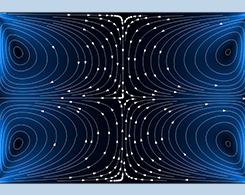
Efficiently Analyze Acoustic Streaming with Multiphysics Modeling
Acoustic streaming is when sound waves are used to generate steady fluid motion. You can use multiphysics modeling for an efficiency way to analyze this phenomenon.
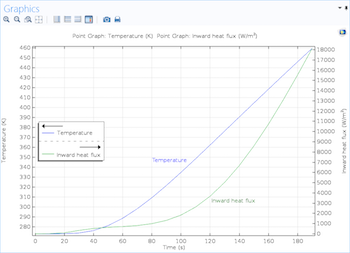
How to Create Graphs with Two Y-Axes in COMSOL Multiphysics®
Did you know that you can add a second y-axis to a 1D plot to include two scales of values in your simulation results? This blog post details how and also includes a video demonstration.
